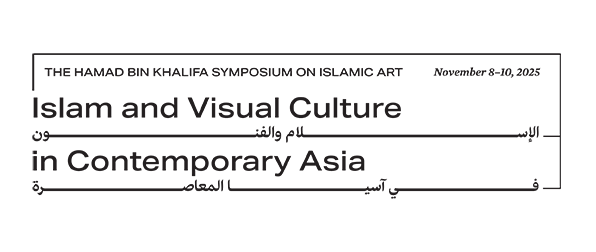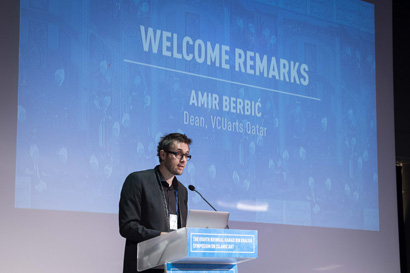Ali Behdad
Contact Vision: Reflections on the History of Photography in Qajar Iran
I have chosen “contact vision” as the title for this presentation to point to the broader argument I hope to make: how photography, which itself is a product of actual contact between light, chemicals, and paper, was developed in such contact zones as Iran. The development of photography, both as technology and art, I hope to show, is deeply embedded in the contexts of European colonialism in the region and the cultural and aesthetic concerns of orientalism. I treat photography in Iran as a phenomenon of contact zones, which Mary Louise Pratt defines as “social spaces where disparate cultures meet, clash, and grapple with each other, often in highly asymmetrical relations of domination and subordination.” I will address a broad range of technical and thematic issues—e.g., lighting, use of European backdrops, portraiture, and exoticism—to elaborate how early Iranian photography is neither derivative of its western counterparts, nor does it constitute a set of oppositional practices working against orientalist aesthetics. More particularly, I will consider a broad range of photographic images from the late nineteenth and early twentieth century, including some produced by my own grandfather, to show how middle and upper class men embraced photography to foreground their social status and patriarchal values, while they also engaged in what one might call
“photo-exoticism.”
Ali Behdad is the John Charles Hillis Professor of Literature and Chair of the English Department at UCLA. He is the author of Belated Travelers: Orientalism in the Age of Colonial Dissolution (Duke, 1994) and A Forgetful Nation: On Immigration and Cultural Identity in the US (Duke, 2005). He is currently completing a book manuscript on the history of photography in the Middle East.




